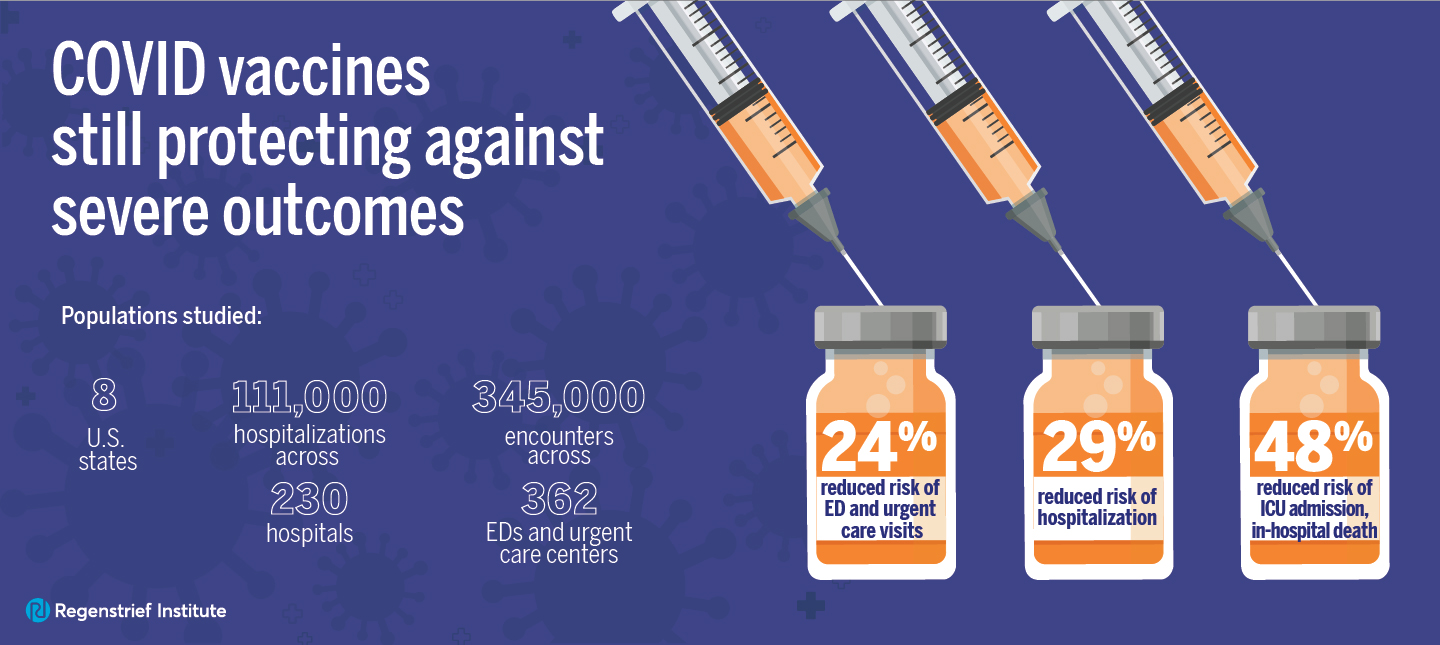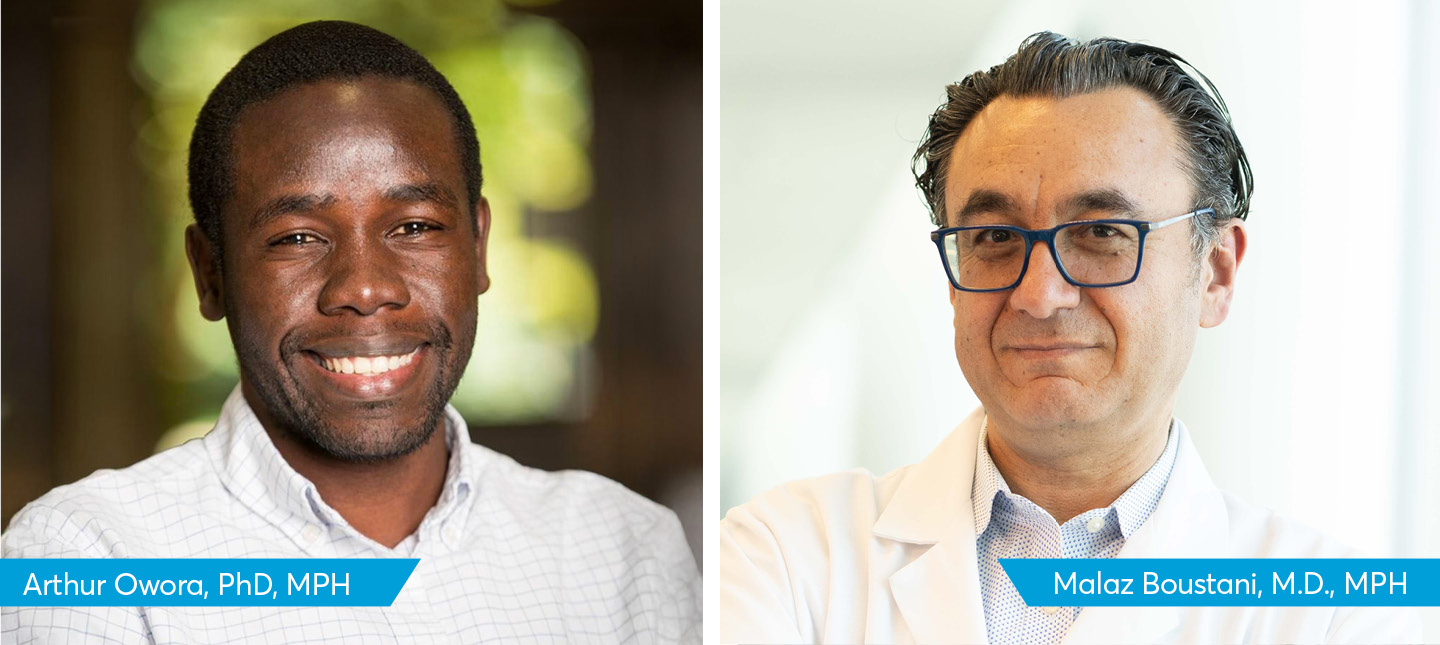Improving behavior, attitudes and intentions
INDIANAPOLIS — Romantic relationships play an important part in adolescent development. Most young people have had at least one romantic relationship by middle adolescence (ages 14 to17). However, successful promotion of healthy sexual behavior to reduce risk of unintended pregnancies and sexually transmitted infections in this teen population has proven difficult.
Regenstrief Institute and Indiana University Research Scientist Arthur Owora, PhD, MPH, a quantitative epidemiologist and applied biostatistician, is the first author of a new multi-site randomized-controlled study which evaluates an innovative healthy relationships program promoting positive adolescent romantic relationships and the use of effective contraceptives. The study found the program may have influenced abstinence but not relationship communication.
Known as About Us, the blended-learning program was designed specifically for youth facing sexual health disparities, including exposure to violence. Delivered by trained health educators, the program focuses on improving behavior, attitudes and intentions related to sexual intercourse, relationship communication and conflict resolution. The study looked at the impact of About Us on 533 students at seven California high schools from 2018 to 2021.
Compared to a control group of students, the About Us programs produced:
- a positive effect on abstinence
- a positive impact on condom use intentions but not on condom use itself
- little impact on contraceptive attitudes
- no impact on relationship communication
- no impact on use of a school-based health center, which typically provides primary care, mental health services and health (including reproductive health) education
- differing results by school site
The seven study sites are in counties with high rates of participation in free and reduced school meals at the high school level, as well as higher birth rates compared with the California average.
“The adolescent years are a critical time to implement efforts to promote a lifetime of healthy sexual behavior and relationships. Effective communication-to-action with this population is complex and has substantial influence from incorrect information taken as fact and sometimes peer pressure. Efforts to reach out to 14 to 17 year olds require appropriate messaging and materials that will resonate with them. What works at School 1 may be less successful at School 2 or more successful at School 3,” said Dr. Owora. “More research is needed to help fine tune programs like About Us to find the right balance that helps teens build the skills they need to maintain healthy relationships. As we saw in our study, it won’t be a ‘one size fits all’ solution.”
The research team reports About Us produced evidence of promising trends at the individual school level, which suggests a need for tailored program components, implementation approaches and delivery (classroom based versus virtual versus fully mobile, for example) options to address the unique environmental contexts of participants at a specific school.
One fifth of the students in the study identified as LGBTQ+ and four-fifths identified as straight. A total of 74 percent identified as Hispanic. Four percent identified as Black. Four percent identified as White. Eighteen percent identified as Other. Sixty two percent were female at birth. All participants received parental consent to participate in the randomized-controlled clinical trial.
“Programs may be more successful as the stresses placed upon students during the pandemic, such as school closures and virtual learning, have diminished,” noted Dr. Owora.
Supported by grant 90AP2682-05-00 from the U.S. Department of Health and Human Services’ Administration for Children and Families, “Promoting Healthy Adolescent Romantic Relationships: Results of a Multisite, Two-group Parallel Randomized Clinical Trial” is published in Journal of Adolescent Health.
This study received external funding or support from ETR Associates and the Family Youth Services Bureau, Department of Health and Human Services’ Administration for Children and Families through a Personal Responsibility Education Innovative
Strategies Program (PREIS) grant (ClinicalTrials #NCT03736876).
Authors and affiliations:
Arthur H Owora1, Rebecca F Houghton2, John L Ferrand3, Erik Parker2, Pamela Anderson4, Karin Coyle4, Stephanie Guinosso4, Eric R Walsh-Buhi5
- 1Department of Pediatrics, Indiana University School of Medicine, Indianapolis, Indiana; Department of Epidemiology and Biostatistics, Indiana University School of Public Health-Bloomington, Bloomington, Indiana.
- 2Department of Applied Health Science, Indiana University School of Public Health-Bloomington, Bloomington, Indiana.
- 3Department of Epidemiology and Biostatistics, Indiana University School of Public Health-Bloomington, Bloomington, Indiana.
- 4ETR Associates, Scotts Valley, California.
- 5Department of Epidemiology and Biostatistics, Indiana University School of Public Health-Bloomington, Bloomington, Indiana; School of Public Health, San Diego State University, San Diego, California.
Arthur H. Owora, PhD, MPH
In addition to his role as a research scientist with the Clem McDonald Center for Biomedical Informatics at Regenstrief Institute, Arthur H. Owora, PhD, MPH, is an associate professor of pediatrics at the Indiana University School of Medicine and an adjunct associate professor at IU School of Public Health-Bloomington. The Translational Informatics, Biostatistics and Epidemiology (TIBE) laboratory, led by Dr. Owora, applies novel biostatistical and machine learning methodologies to different (structured and unstructured) and multiple data sources (active and passive) to generate analytics and insights to inform effective clinical decision-making at point-of-care.









